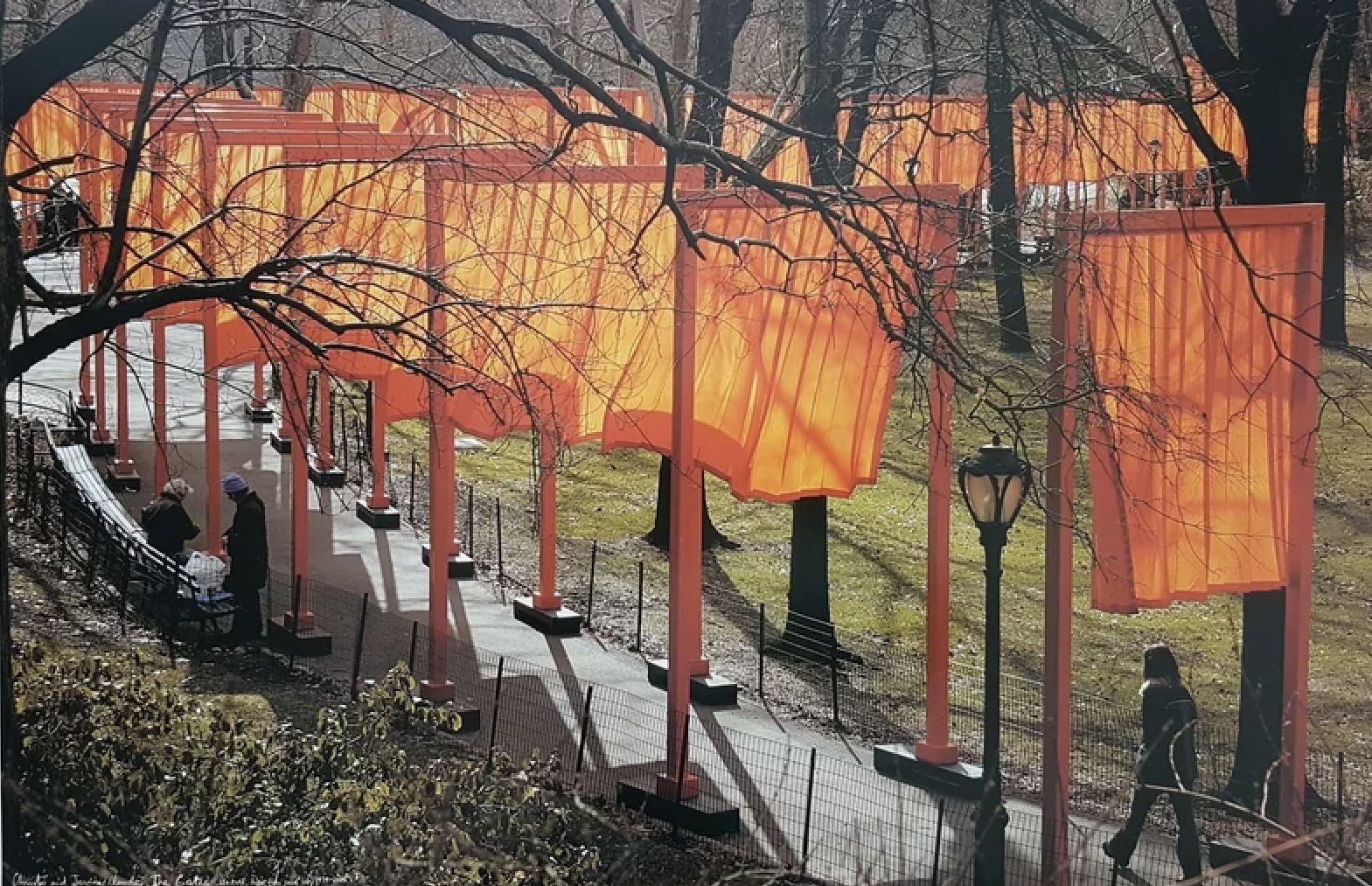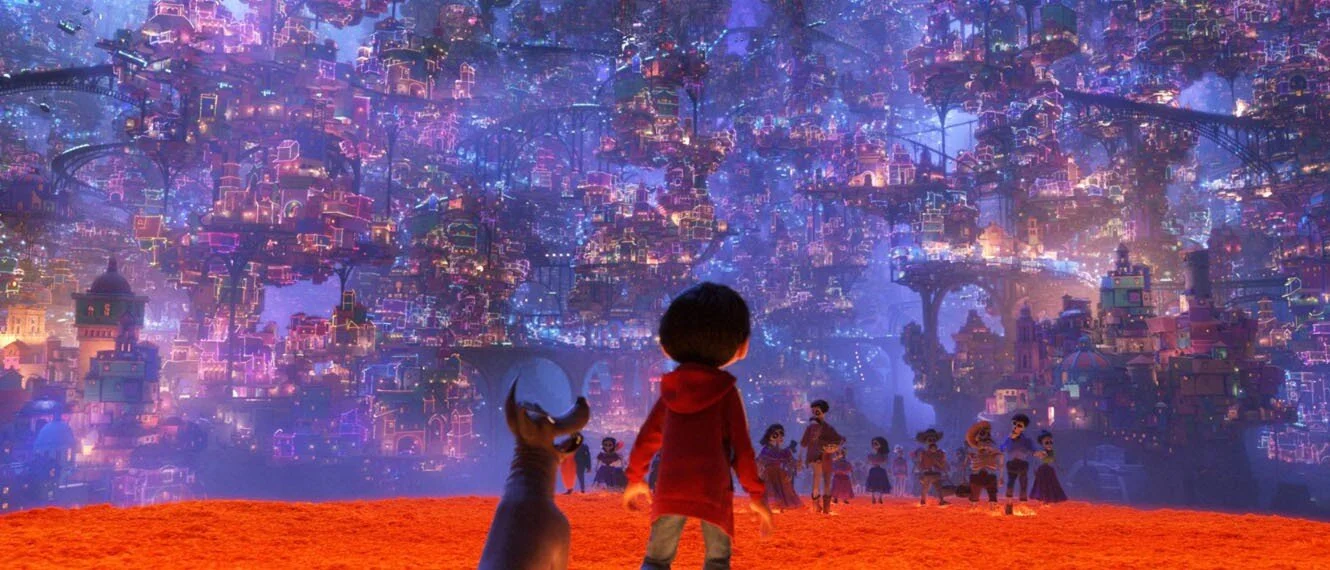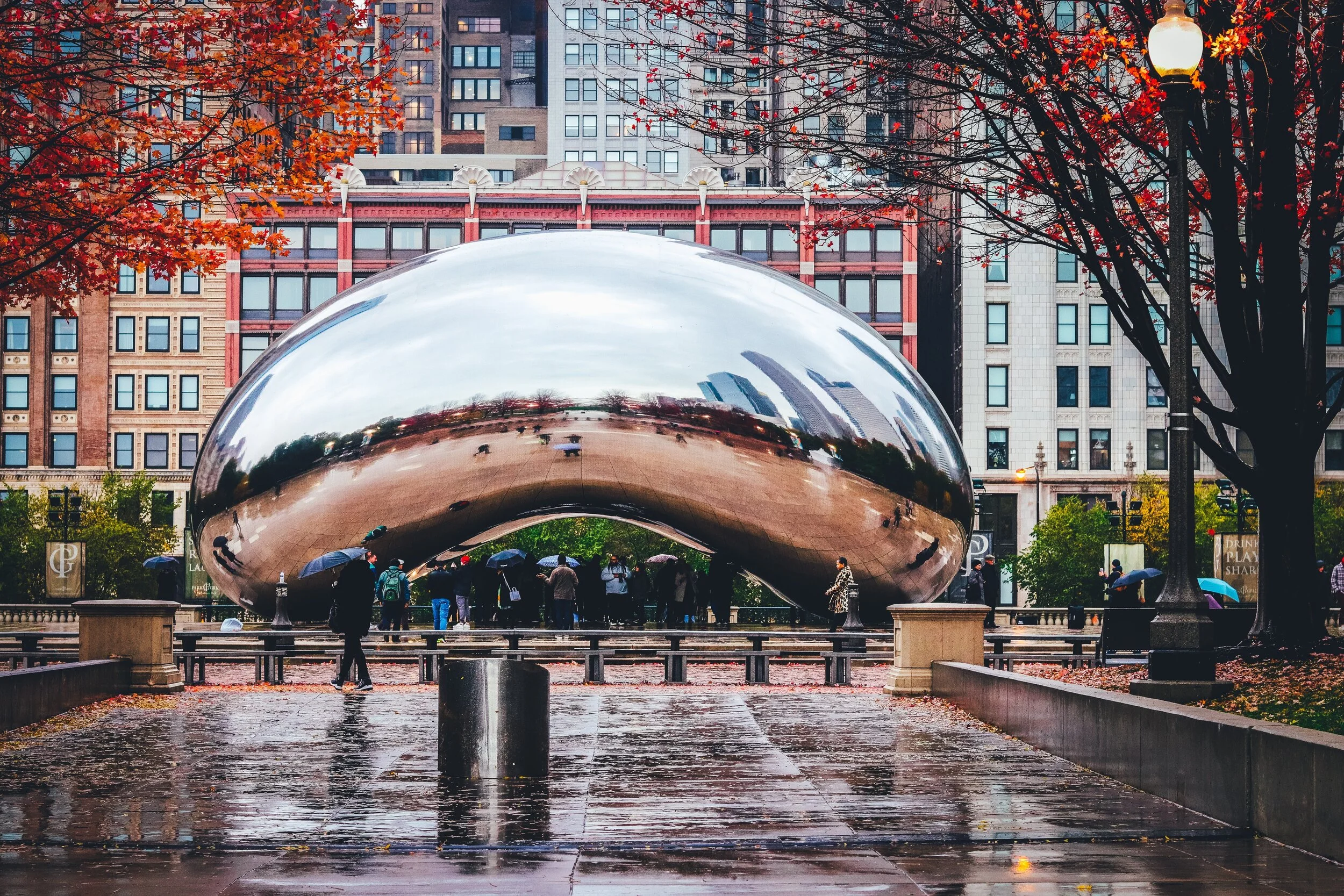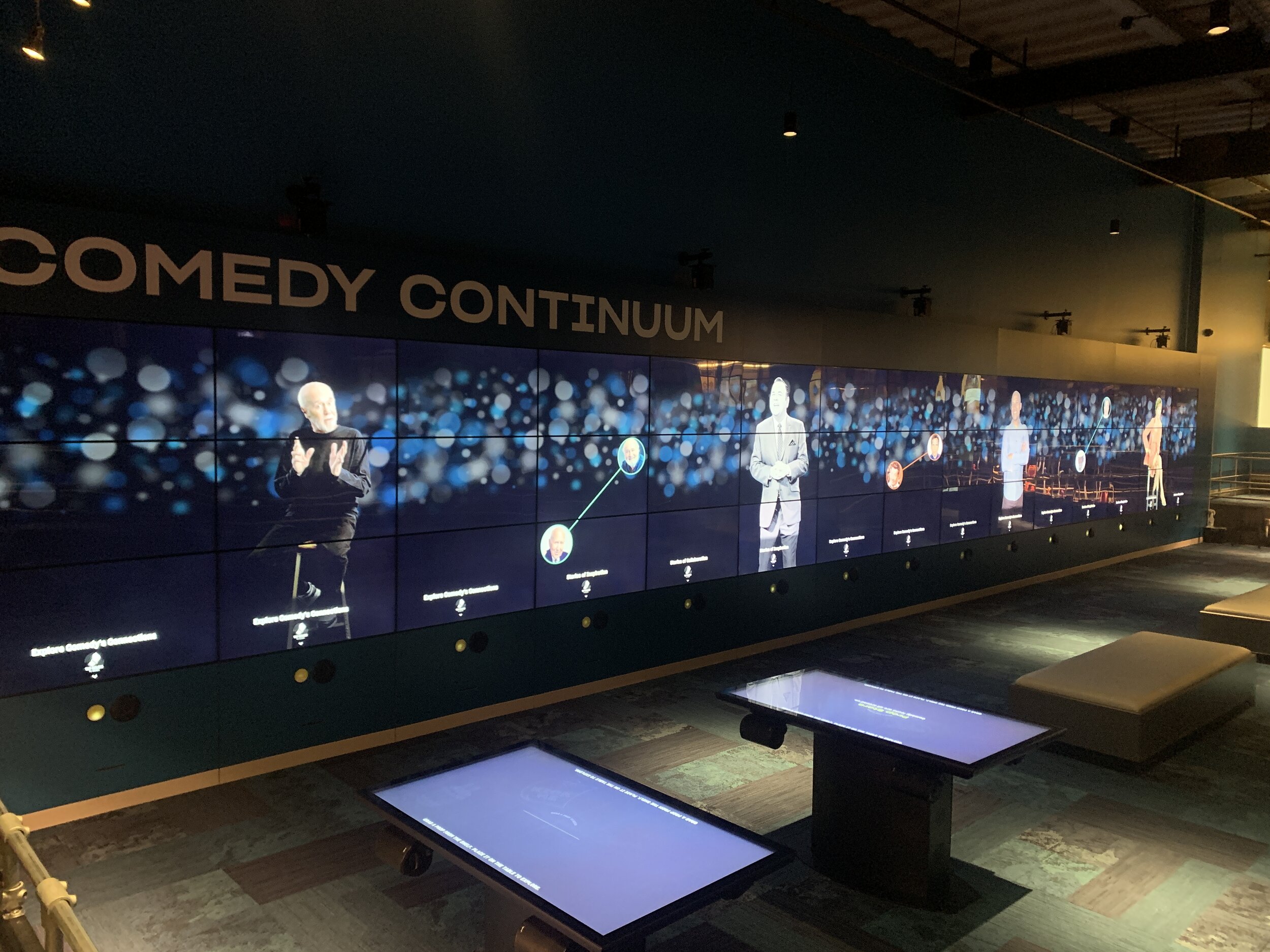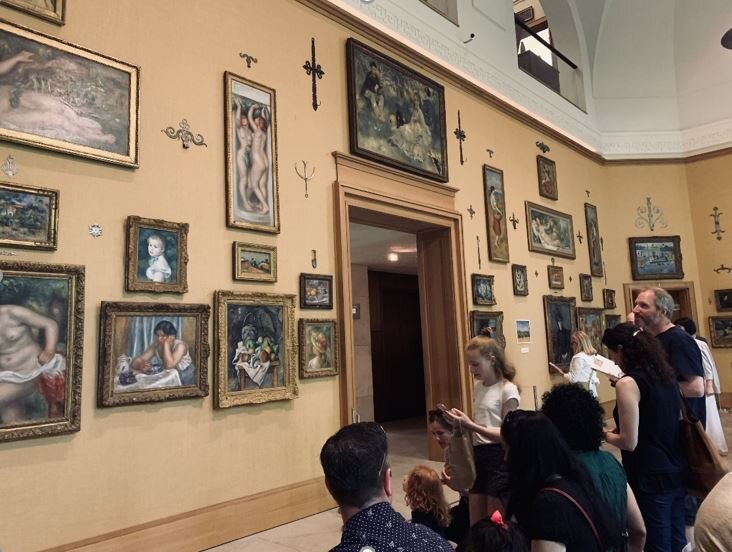This study looks into the role of public art in the urban design process, seeking to provide insights as to how public art can intentionally be used in the urban design system to achieve the goal of sustainability. The overarching question of this research is what the purpose of public art is. As a strong visual piece inside cities, usually, on a comparatively larger scale, public art has a strong visual impact on the audience. Thus, what kind of information will be delivered to the audience? While the concept of sustainability, or, more specifically, urban sustainability, can be incestigated with various concentrations, it generates the question of what kind of urban planning governments or professional organizations are using to achieve specific sustainable issues. Is there any relationship between the purpose of public art and the method used by urban design for sustainable purposes?
Defining Public Art and How it Can Interact with Sustainability
When putting the keywords two ‘public art,’ ‘sustainability,’ or ‘urban planning’ into a an internet search, there are plenty of results about articles, research, or press releases. However, when typing all of them together, there are no results relating those three concepts together, yet public art can serve as a key player in urban design for sustainability. This Part One article will dive into the specifics of public art concerning urban design, planning, and sustainability while the Part Two article will dive into specific case studies concerning cities who have implemented sustainable public art plans.
Prototyping Case Study: A Sprint Journey to a Website for Sharing Resources
Prototyping is an essential part of beta-testing any digital tool. The following processed involved a period of stakeholder interviews that informed an Agile-based sprint process for prototyping an interactive resource-sharing website. This process was fast and effective to get multi-user feedback and a final prototype in an overall 8 weeks with a final 2 week-long sprints.
Audience Retention via UX Design in Museums
2022 UX Design in Museums: How Are “Innovative” Exhibits Driving Attendance?
User Experience Designers in today’s world must discover new ways to evolve their work alongside the external challenges that they encounter. Since the Covid pandemic began, many museums have adapted their exhibits to be accessible online, allowing for continued traffic and artist exposure— from the living room couch rather than in person. How have levels of digital readiness compared to user experiences?
How 3D Printing Is Building Itself Into Theatre
Many industries have begun utilizing 3D printing to make work easier and more efficient. This technology is even making its way into the arts. Broadway theatres, university theatre departments, and theatres everywhere are implementing 3D printing technologies to construct props, and even to build entire sets. 3D printing brings new elements of realism and creativity into theatre. It is the future of stage and set design by enabling mass customization of specific designs and independent of outside factors, such as time constraints and availability. In recent years, the market for 3D printers in theatre has shifted from DIY projects to machines for professionals.
Bringing Stories to Life: How Pixar Accomplishes Realistic Animation
Pixar revolutionized the animation industry through innovative technology and incredible storytelling. It was responsible for core developments in computer graphics history, blending technology and arts to make many of their films possible, leading to its massive success. 3D computer modeling technology has not only allowed for more efficient and faster animating, but it has opened the door for more people who are interested in joining the industry. It now easier than ever to download these softwares and begin learning how to animate. For artists in industry, there is not longer a limitation in the art that is waiting to be created – their visions can become a reality with the continual development of advanced animation technology.
Building Interactivity into Public Art
Do you think that interactivity can improve an audience’s relationship with public art? One key element that differs public art from art produced for display in museums and galleries is that public art is often site-specific, meaning it is created in response to the place and community in which it resides. Therefore, creating public art needs a certain level of customization to the physical local environment.
The National Comedy Center: The Most Interactive Museum (To Date)
The National Comedy Center is the '“first non-profit institution and national-scale visitors experience dedicated to the art of comedy,” but it does the genre justice appealing to both fans and non-fans (Variety). The museum opened in 2018 and has already been praised as one of the best museum experiences in the country, holding a 5 star ranking on trip advisor.
AI as a Tool in the Arts
Artists are taking advantage of new technologies to enhance their artmaking. They are using AI as a tool in the same way that artists of yesteryear used pen and ink and paintbrushes. This opens a whole new realm of possibilities for arts managers in terms of the scope of multimedia exhibitions and performances. Artists who are using AI as a tool include visual artists, performers, and creators of popular media.
Image Recognition Technology Use in Museums
Case Study II: Digital Engagement and Experience Design
As museums seek to increase engagement in both the physical museum space and across digital platforms, many are striving to create more personalized experiences that differentiate the museum visit and increase engagement with the institution and its collection. These two case studies—the Museum of Old and New Art in Tasmania, Australia, and the Cooper Hewitt Smithsonian Design Museum in New York—are examples of hybrid museums that successfully demonstrate how bridging the physical and virtual in the museum visitor experience can increase the length, breadth and depth of engagement with the institution and its collection.
Best Practices in Website Redesign: Inside AMT Lab's Refresh
UX Design for Cultural Institutions: Observation Studies
UX design explains how organizations value and practice relationships with audiences. These relationships are defined by the single and accumulated experiences that occur through interacting with an object in a given context. If an institution truly understands how audience members consciously and subconsciously interact in a given environment, they can better design their spaces and develop programming.







